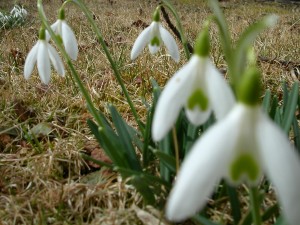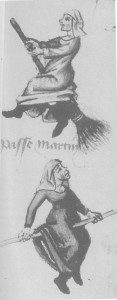
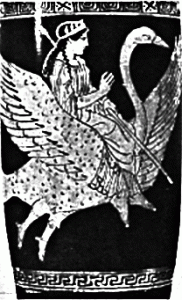

Month: March 2012
Happy Birthday, Aries
March 23, 2012 In honor of the arrival of Spring I thought I’d dust off my epic poem about an Aries perspective on an important mystery.
In honor of the arrival of Spring I thought I’d dust off my epic poem about an Aries perspective on an important mystery.
Happy Eostre!
March 20, 2012Spring Rites
March 16, 2012 Spring Equinox comes on March 20th this year. I count the holiday as the day when the sun first rises in the sign of Aries. I saw an advertisement on an occult website recently urging people to buy now and be ready for the solstice. That would be quite a head start indeed: Summer Solstice is June 21st. Remember, equinoxes are equal; solstices are solar extremes.Spring Equinox is the celebration of the youth in all of us. In one way of looking at things, we are born, we mature, we grow steadily older until we become decrepit (but wise), and then we die. In another view, we are born, we mature, we grow old, we become young again, we grow old, and then we are young again.Featured spring goddess this year is the lovely Norse Idunn, who keeps the gods of Asgard forever young with the magic red berries she keeps in a special box. There is debate over what kind of berries these are. Some call them “Idunn’s apples.” Others say they come from the Rowan tree. Still others believe they are the same berries women pluck from the tree on the Hill of Healing to aid childbirth. Myself, I think they are cherry cordials.To regain a sense of newness, wonder and enthusiasm, include some red sweets in your spring ritual. They could be red jelly beans or strawberries or raspberries–just about anything red besides pomegranates, which are a death fruit. Ask Idunn to bless your berries with the spirit of youth. Idunn is a generous goddess, so share your magic berries with others as well as partaking of them yourself.
Spring Equinox comes on March 20th this year. I count the holiday as the day when the sun first rises in the sign of Aries. I saw an advertisement on an occult website recently urging people to buy now and be ready for the solstice. That would be quite a head start indeed: Summer Solstice is June 21st. Remember, equinoxes are equal; solstices are solar extremes.Spring Equinox is the celebration of the youth in all of us. In one way of looking at things, we are born, we mature, we grow steadily older until we become decrepit (but wise), and then we die. In another view, we are born, we mature, we grow old, we become young again, we grow old, and then we are young again.Featured spring goddess this year is the lovely Norse Idunn, who keeps the gods of Asgard forever young with the magic red berries she keeps in a special box. There is debate over what kind of berries these are. Some call them “Idunn’s apples.” Others say they come from the Rowan tree. Still others believe they are the same berries women pluck from the tree on the Hill of Healing to aid childbirth. Myself, I think they are cherry cordials.To regain a sense of newness, wonder and enthusiasm, include some red sweets in your spring ritual. They could be red jelly beans or strawberries or raspberries–just about anything red besides pomegranates, which are a death fruit. Ask Idunn to bless your berries with the spirit of youth. Idunn is a generous goddess, so share your magic berries with others as well as partaking of them yourself.
Wise Silence
March 12, 2012Defining Ourselves
March 8, 2012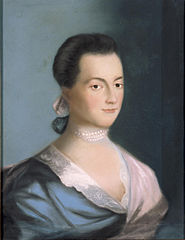
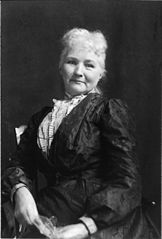
The Witch’s Broom, part II
March 2, 2012

